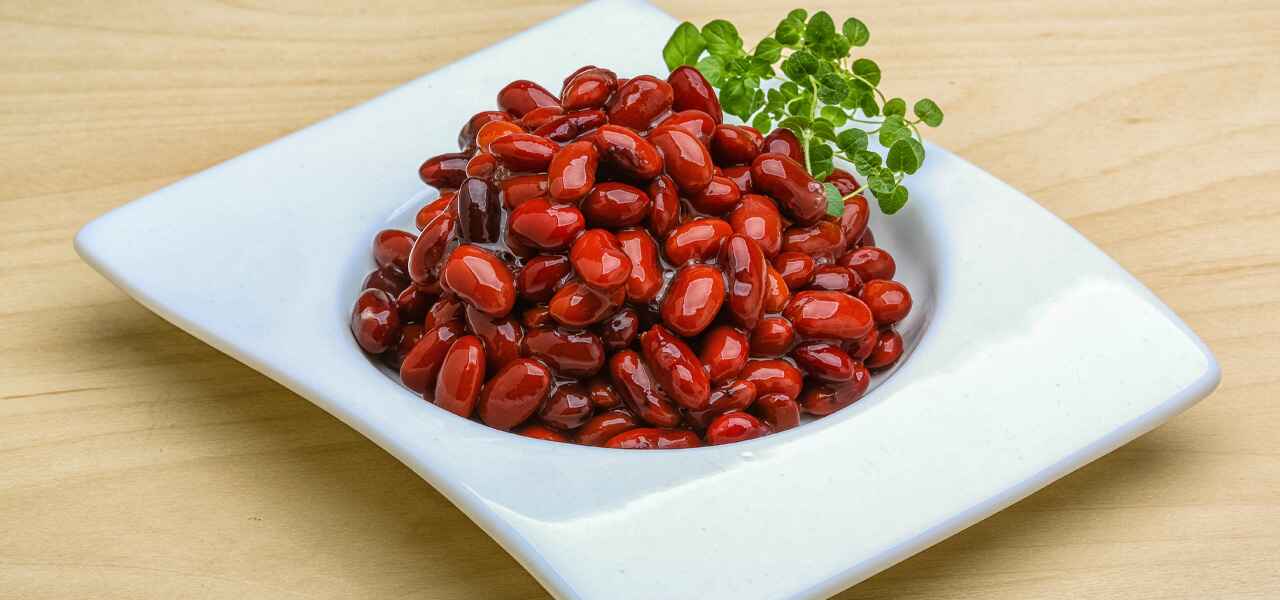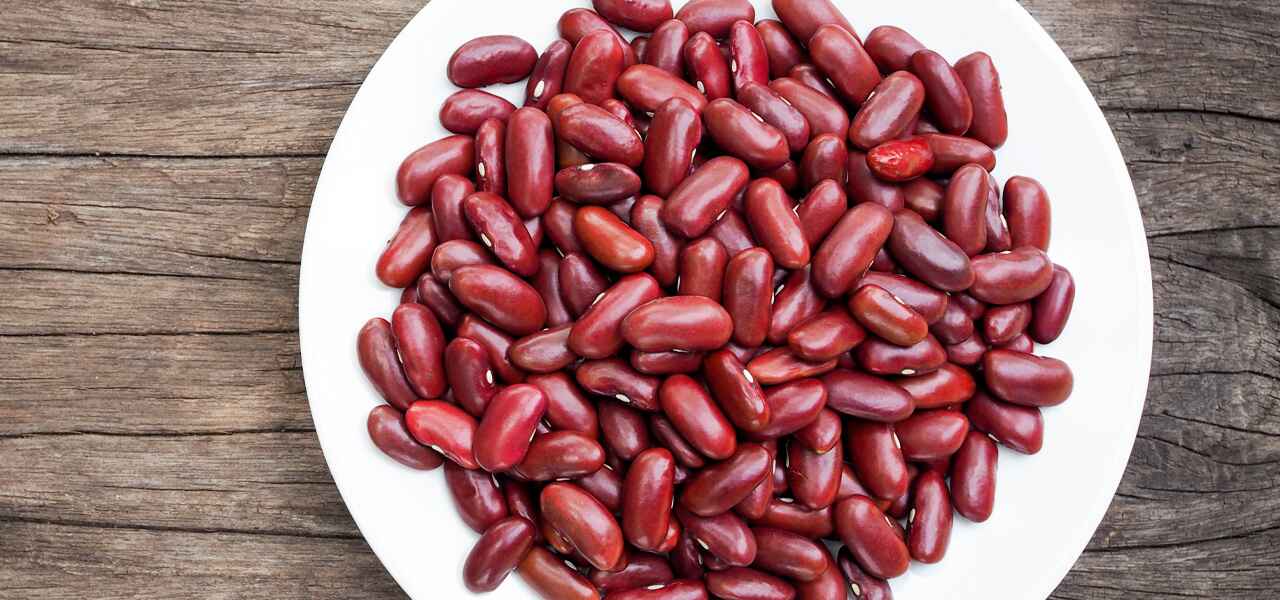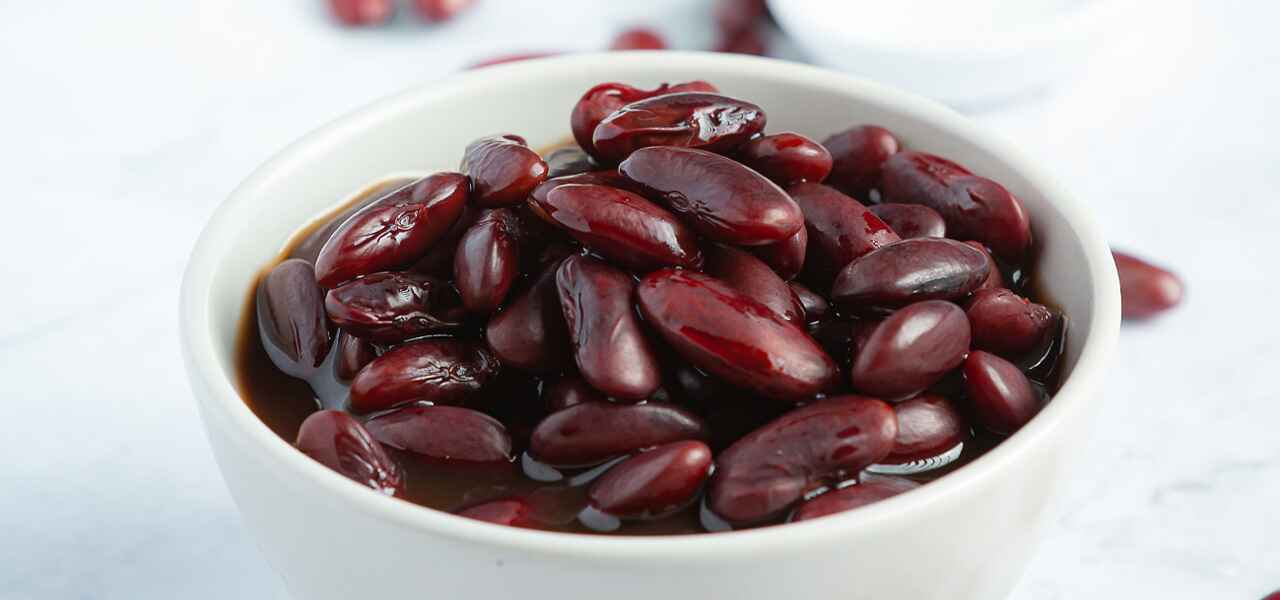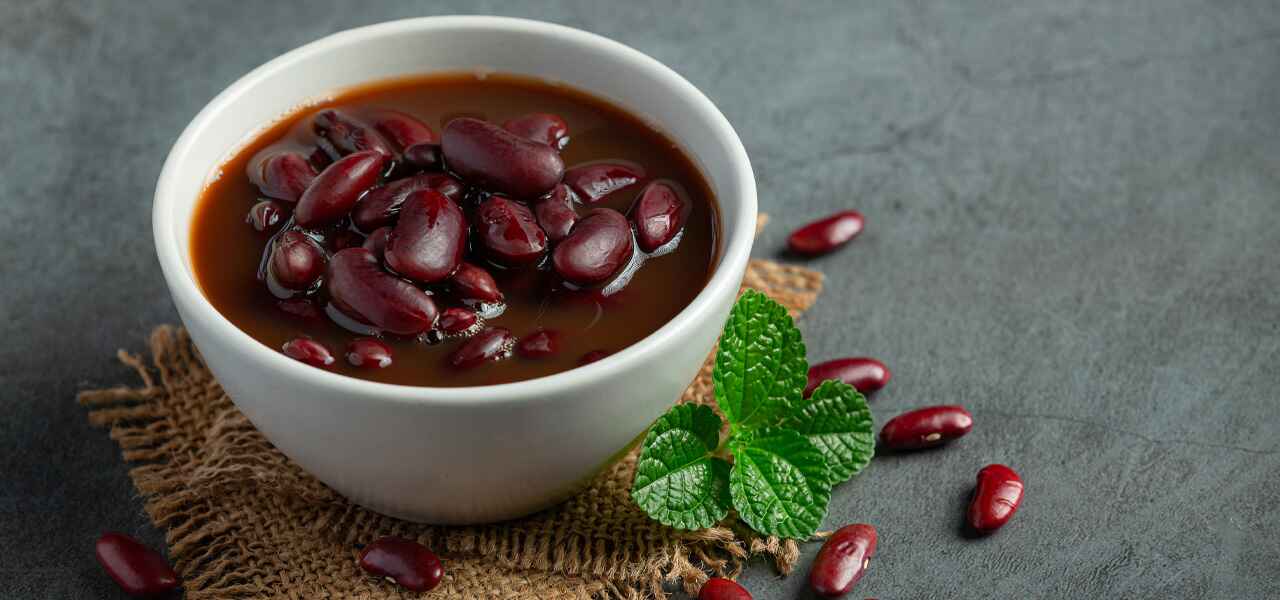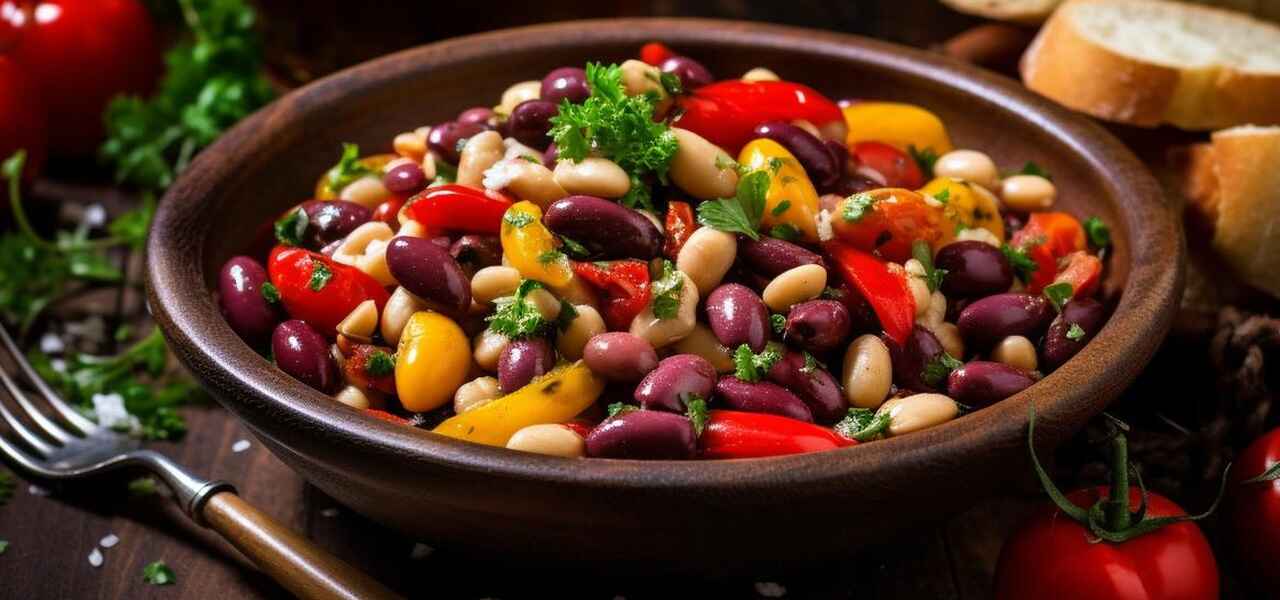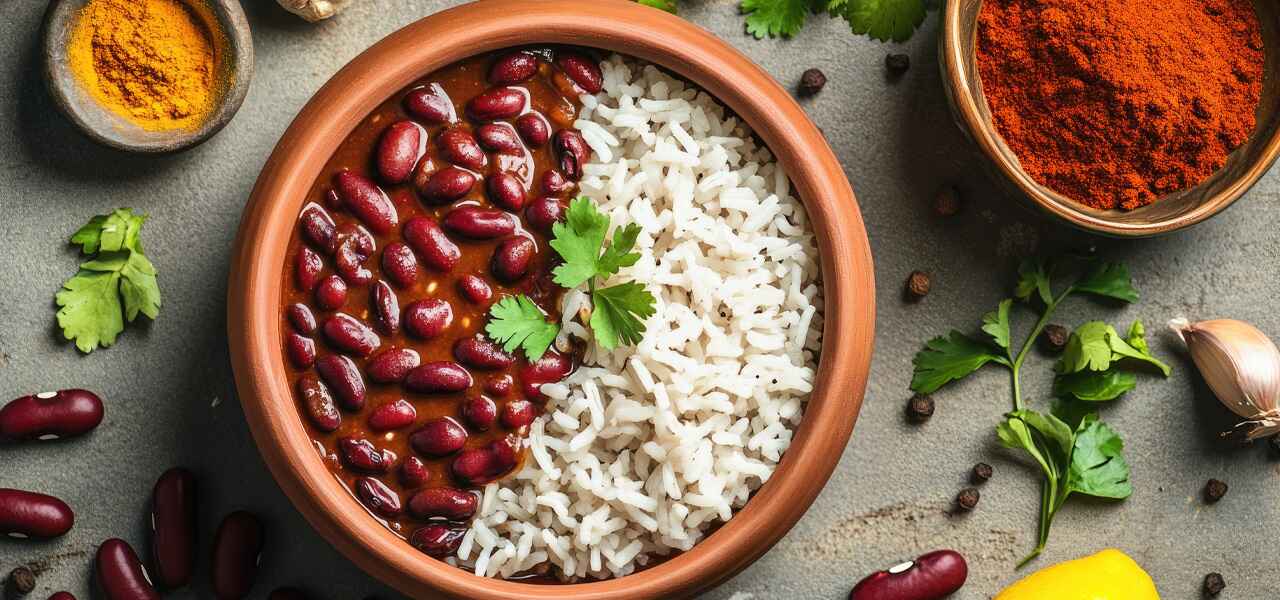Introduction
Red beans, often overshadowed by more popular legumes, are an incredibly nutritious and versatile food that deserves a place in every diet. Whether you’re looking to boost your protein intake, maintain heart health, or simply enjoy delicious and filling meals, red beans can offer a wide range of health benefits. These small but mighty legumes are a powerhouse of nutrients, antioxidants, and fiber, making them a staple in many cuisines around the world.
- What Are Red Beans?
Red beans, also known as kidney beans, are a type of legume that is widely cultivated and consumed globally. Though commonly referred to as kidney beans due to their shape, red beans are smaller and have a slightly different texture. Both varieties are often used interchangeably in recipes.
These beans are prized for their deep red color, smooth texture, and versatility in various culinary applications, ranging from soups and salads to stews and side dishes. Their mild flavor and ability to absorb other ingredients’ spices and seasonings make them a great addition to many dishes.
- Nutritional Profile of Red Beans
Red beans are an excellent source of essential nutrients, making them a vital addition to a balanced diet. Let’s break down their nutritional value per 100 grams:
- Calories: 333 kcal
- Protein: 24 grams
- Carbohydrates: 60 grams
- Dietary Fiber: 25 grams
- Fat: 1 gram
- Iron: 5.02 mg (28% of the daily recommended intake)
- Magnesium: 140 mg (35% of the daily recommended intake)
- Potassium: 1,406 mg (40% of the daily recommended intake)
Red beans also contain high amounts of folate, manganese, copper, and vitamin K. These nutrients work together to support various body functions, from boosting energy to improving heart and bone health.
- Health Benefits of Red Beans
- Rich in Protein
For anyone following a plant-based diet or looking to reduce their meat intake, red beans are an excellent source of plant-based protein. A 100-gram serving provides about 24 grams of protein, making it an ideal protein source for vegetarians and vegans.
Proteins are the building blocks of muscles, skin, and enzymes. They also play an essential role in hormone production and immune function. Including red beans in your meals ensures you get a quality protein source to support muscle growth and overall body function.
- Excellent Source of Fiber
Red beans are packed with dietary fiber, offering about 25 grams per 100 grams of beans. Fiber is essential for digestive health and regular bowel movements. It helps in:
- Promoting Gut Health: Fiber acts as food for the healthy bacteria in your gut, promoting better digestion and a healthy digestive system.
- Managing Weight: Foods high in fiber tend to be more filling, reducing the urge to overeat.
- Lowering Cholesterol: Soluble fiber in red beans helps reduce bad cholesterol levels by binding to cholesterol molecules in the digestive tract, preventing their absorption.
- Boost Heart Health
The nutrients in red beans, such as potassium, magnesium, and fiber, work synergistically to promote heart health. Potassium, in particular, helps regulate blood pressure by balancing sodium levels in the body. Consuming foods rich in potassium, such as red beans, helps lower the risk of high blood pressure and heart-related diseases.
Additionally, the high fiber content contributes to reducing bad cholesterol (LDL) levels, which can clog arteries and lead to cardiovascular diseases. The low-fat content also makes red beans a heart-friendly food option.
- Manage Blood Sugar Levels
Red beans have a low glycemic index, meaning they cause a slower rise in blood sugar levels compared to other carb-heavy foods. This makes them an excellent food choice for people with diabetes or those looking to manage their blood sugar levels.
The fiber in red beans slows down the absorption of sugar in the bloodstream, preventing spikes in blood glucose levels. This effect is beneficial for diabetics and can help reduce the risk of developing type 2 diabetes.
- Promote Weight Loss
If you’re trying to lose weight, red beans can be your ally. The high fiber and protein content make them highly satiating, keeping you full for longer periods. This can help reduce unnecessary snacking and overeating, both of which are major contributors to weight gain.
Additionally, red beans are low in fat and calories, making them an excellent choice for weight-conscious individuals. Including them in your diet can help you maintain a calorie deficit, which is key to weight loss.
- Rich in Antioxidants
Red beans are an excellent source of antioxidants, particularly polyphenols. Antioxidants protect the body from free radicals, which are unstable molecules that can damage cells and contribute to aging and diseases such as cancer.
Polyphenols, specifically found in red beans, have been shown to reduce inflammation, protect cells from oxidative stress, and improve overall cellular health. This makes red beans a great addition to any diet aimed at promoting long-term health and preventing chronic diseases.
3.7. Bone Health Support
The high levels of magnesium and calcium in red beans contribute to bone health. Magnesium plays a role in regulating calcium levels in the body and is necessary for proper bone formation. Consuming red beans regularly can help maintain bone density and reduce the risk of osteoporosis, particularly as you age.
- How to Incorporate Red Beans Into Your Diet
Red beans are incredibly versatile and can be used in various dishes. Here are a few simple ways to incorporate them into your daily meals:
- Soups and Stews
Red beans are commonly used in hearty soups and stews. Pair them with vegetables, meats, or other legumes for a filling and nutritious meal.
- Salads
Add boiled red beans to salads for a protein and fiber boost. They pair well with greens, avocados, tomatoes, and olive oil dressings.
- Chili
Red beans are often a key ingredient in chili recipes. The combination of spices, ground beef, or turkey and beans make for a warming and nutrient-rich meal.
- Curries
In many cultures, red beans are used in curries and other spiced dishes. The beans soak up the rich flavors of the spices and create a satisfying meal when paired with rice or flatbread.
- Rice and Beans
A classic dish in many countries, rice and beans are a simple yet nutritious combination. Add your favorite seasonings, and you’ve got a balanced meal that’s full of fiber, protein, and essential nutrients.
- Precautions When Consuming Red Beans
While red beans offer numerous health benefits, it’s important to note that they contain lectins, which are toxic compounds that can cause digestive discomfort when consumed raw. Therefore, red beans must be properly cooked before eating. Soaking them overnight and cooking them thoroughly will break down these toxins and make them safe to eat.
Conclusion
Red beans are a small yet mighty super food that can have a profound impact on your health. From providing a rich source of plant-based protein and fiber to supporting heart health and aiding in weight loss, these legumes are a versatile and delicious addition to any diet.Whether you’re adding them to soups, salads, or enjoying them in a warm bowl of chili, red beans are packed with nutrients that can promote overall wellness. So, the next time you’re looking for a nutritious and satisfying food option, consider adding red beans to your meal plan.


